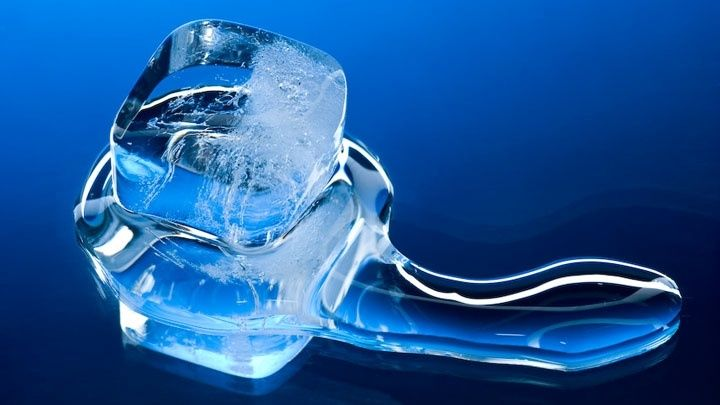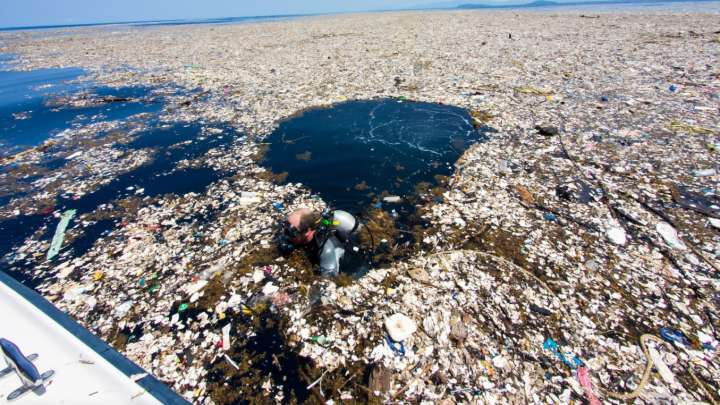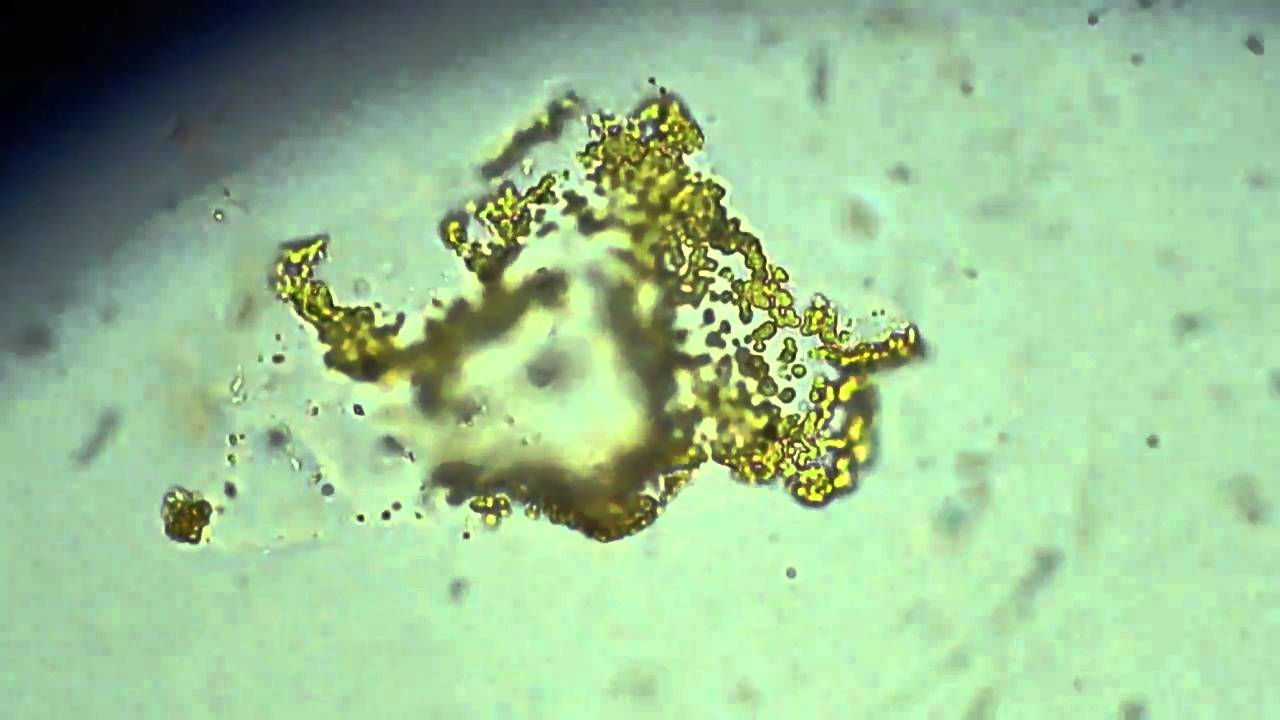
New state of matter, Elements can be solid and liquid at same time
Scientists have discovered a new state of physical matter in which atoms can exist as both solid and liquid simultaneously.
Applying high pressures and temperatures to potassium -- a simple metal -- creates a state in which most of the element's atoms form a solid lattice structure, the findings show. However, the structure also contains a second set of potassium atoms that are in a fluid arrangement.
Under the right conditions, over half a dozen elements -- including sodium and bismuth -- are thought to be capable of existing in the newly discovered state, researchers say.
Until now, it was unclear if the unusual structures represented a distinct state of matter, or existed as transition stages between two distinct states.
A team led by scientists from the University of Edinburgh used powerful computer simulations to study the existence of the state -- known as the chain-melted state. Simulating how up to 20,000 potassium atoms behave under extreme conditions revealed that the structures formed represent the new, stable state of matter.
Applying pressure to the atoms leads to the formation of two interlinked solid lattice structures, the team says. Chemical interactions between atoms in one lattice are strong, meaning they stay in a solid form when the structure is heated, while the other atoms melt into a liquid state.
The study, published in the journal Proceedings of the National Academy of Sciences, was supported by the European Research Council and the Engineering and Physical Sciences Research Council.
Dr Andreas Hermann, of the University of Edinburgh's School of Physics and Astronomy, who led the study, said: "Potassium is one of the simplest metals we know, yet if you squeeze it, it forms very complicated structures. We have shown that this unusual but stable state is part solid and part liquid. Recreating this unusual state in other materials could have all kinds of applications.
 English
English Arabic
Arabic


